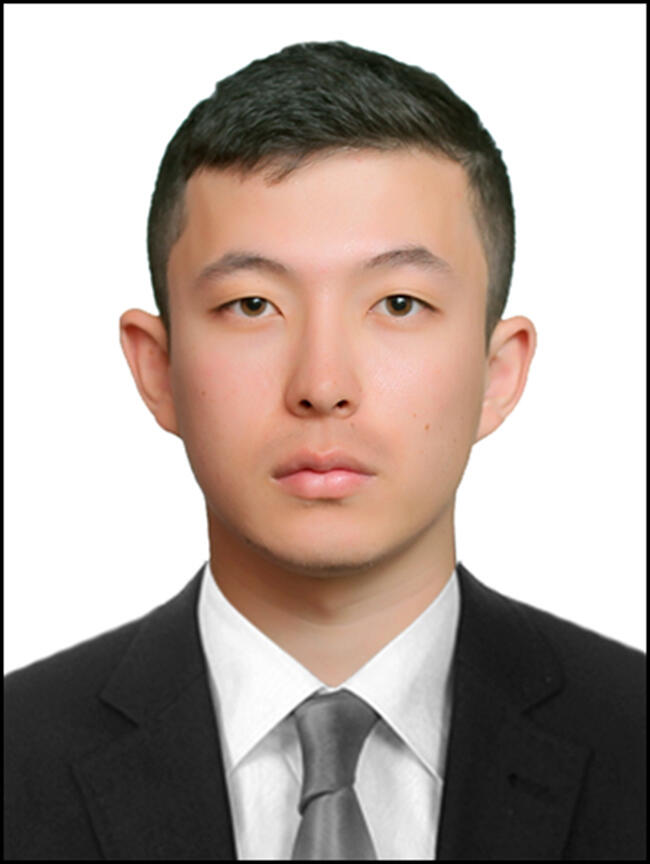Jokhongir Khayrullaev is joining the CSD
Jokhongir Khayrullaev is a new Ph.D. student at the Department of Earth Science and his project is part of the Center for Modeling of Coupled Subsurface Dynamics. We met him to find out more about his background and the project.
Main content
Jokhongir, Welcome to the University of Bergen!
Thank you. I feel happy to be here.
Since most of us don’t know you well, can you tell us a bit about your background?
I am from Uzbekistan. I was born and raised there. I did my bachelor’s in Tashkent State Technical University in Petroleum fields' geology, exploration and appraisal with a specialization in Petroleum Geophysics from 2012 to 2016. I worked for the petroleum fields operating company JV “Uz-Kor Gas Chemical” LLC in Uzbekistan between 2016 and 2020. I studied for my master’s degree in Petroleum Geophysics at the Norwegian University of Science and Technology from 2020 to 2022. I worked on Sea Floor Massive Sulfides (SMS) rock-physics and SMS field’s seismic data inversion during my specialization project and master thesis correspondingly. In short, my research was about answering the question, “if one can differentiate SMS from their hosting rocks using seismic”. My scientific interests are seismic inversion, seismic processing, rock physics, petrophysics and geological reservoir modeling. I like playing chess, running and Judo.
Why did you choose to pursue a PhD?
I always enjoyed Mathematics and thinking to find a solution to a problem. I believe doing a job involving these can make my life happy and meaningful. Therefore, I decided to step into academia.
Your PhD project is part of the CSD, can you tell us a little bit about your project?
The overall goal of the project is to demonstrate that the generalized Dix method can be useful in the context of monitoring micro-earthquakes and mapping/imaging seismic diffractions in the subsurface. The project represents a generalization of Dix’s classic method for estimating local (interval) wave velocities from their corresponding root-mean-square (RMS) velocities. The generalization is foreseen implemented as a fully data-driven process for the estimation of local wave velocities and their mapping from time to depth in three dimensions. I will be working under the guidance of my supervisor Professor Einar Iversen and my co-supervisor Professor Inga Berre. I hope to learn many things from them and contribute to the development of the VISTA center.
